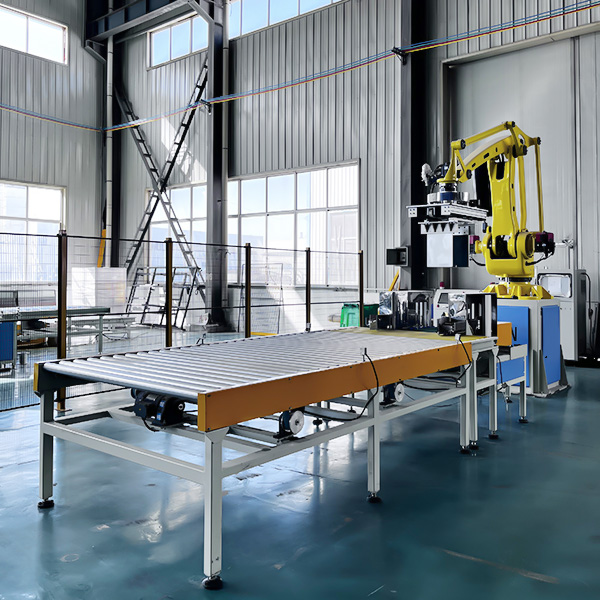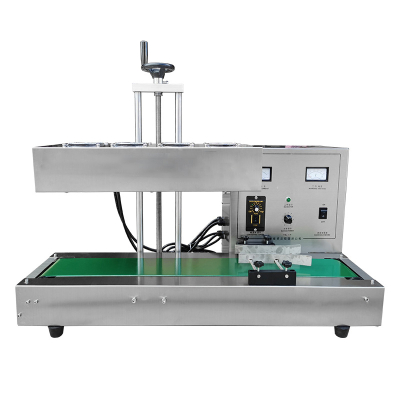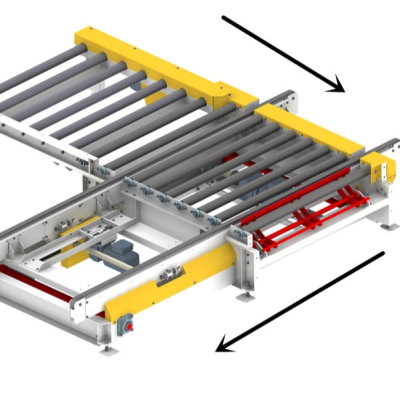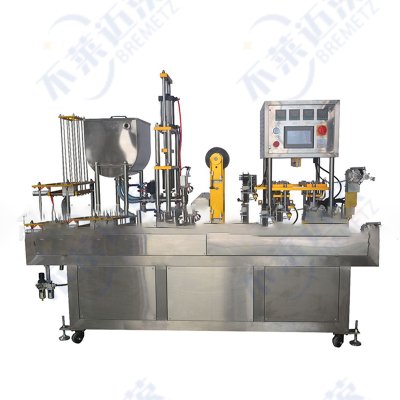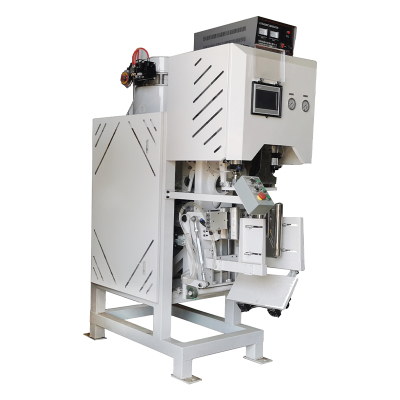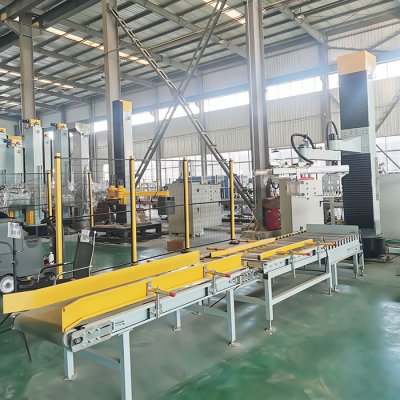Cardboard palletizer
Different types of cardboard/carton materials offer varying advantages when palletizing (stacking), primarily depending on their strength, thickness, structural stability, and compressive strength. Below is an analysis of the palletizing advantages of each material:
1. Corrugated Fiberboard
✅ Best palletizing performance (most commonly used for logistics stacking)
Advantages:
The multi-layer structure (face paper + corrugated core + liner) provides high compressive strength (ECT, Edge Crush Test).
Lightweight yet strong, suitable for automated warehouse stacking.
Customizable flute profiles (A/B/C/E flute) adjust stacking strength.
Applications: Logistics shipping boxes, e-commerce express boxes, and pallet stacking.
2. Paperboard (Carton Board)
✅ Suitable for palletizing lightweight products
Advantages:
Smooth surface, suitable for printing, used for product packaging (such as cosmetics and food boxes).
High stiffness, suitable for stacking regular-shaped products.
Disadvantages:
Low compressive strength, not suitable for heavy stacking (easily deformed).
Suitable for: Retail boxes, small packaging stacking.
3. Fiberboard
✅ Medium-to-low strength palletizing
Advantages:
Low cost, suitable for one-time or short-term storage.
Disadvantages:
Highly hygroscopic, may deform with long-term stacking.
Suitable for: Short-term warehousing, low-weight products.
4. Chipboard
✅ Economical palletizing, but limited strength
Advantages:
High density, suitable for small, heavy items (such as shoe boxes and electronics).
Disadvantages:
No corrugated structure, average compressive strength, limited stacking height.
Suitable for: Small packaging boxes, lightweight stacking.
5. Kraft Board
✅ High strength & environmentally friendly palletizing
Advantages:
Made from natural wood fibers, tear-resistant, suitable for heavy packaging.
Recyclable, suitable for sustainable logistics.
Applications: High-end product transportation, environmentally friendly packaging stacking.
6. Recycled Board
✅ Environmentally friendly but lower strength
Advantages:
Made from recycled paper, low cost and environmentally friendly.
Disadvantages:
Not as resistant to compression as virgin fiber board.
Applications: Lightweight environmentally friendly packaging, short-term storage.
7. Cardstock
Mass production stacking
8. Boxboard
✅ Palletizing regular products
Advantages:
Flat surface, suitable for stacking in automated packaging lines.
Applications: Food packaging (such as beverage cartons), standardized warehousing.
9. Pressboard
✅ Industrial-grade high-strength stacking
Advantages:
Made under high pressure, resistant to moisture and deformation, suitable for heavy-duty industrial packaging.
Applications: Machinery parts, long-term storage pallets.

